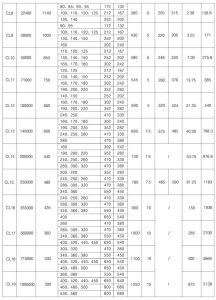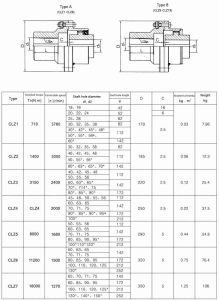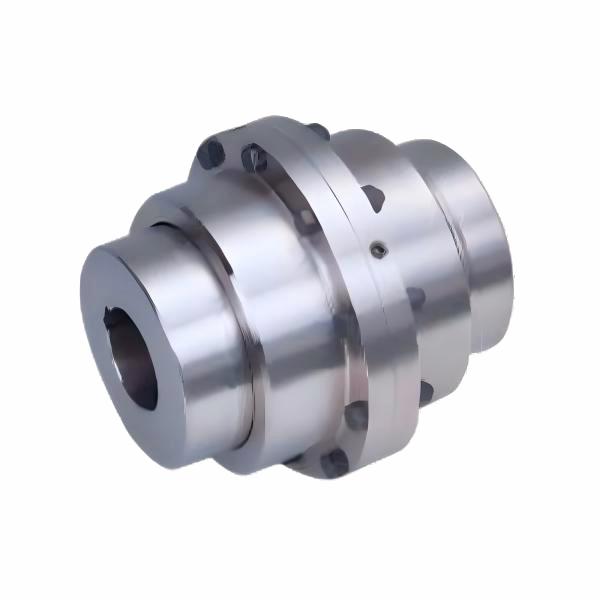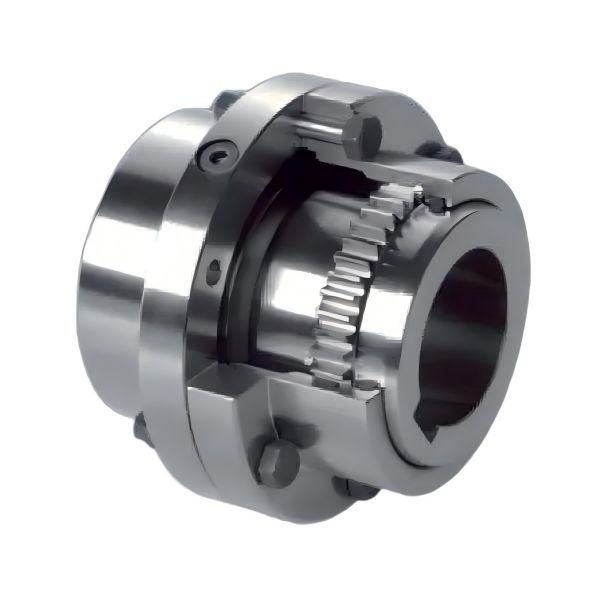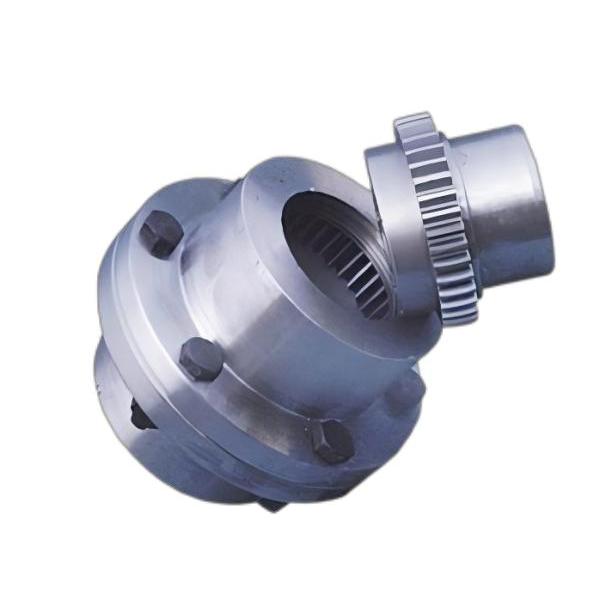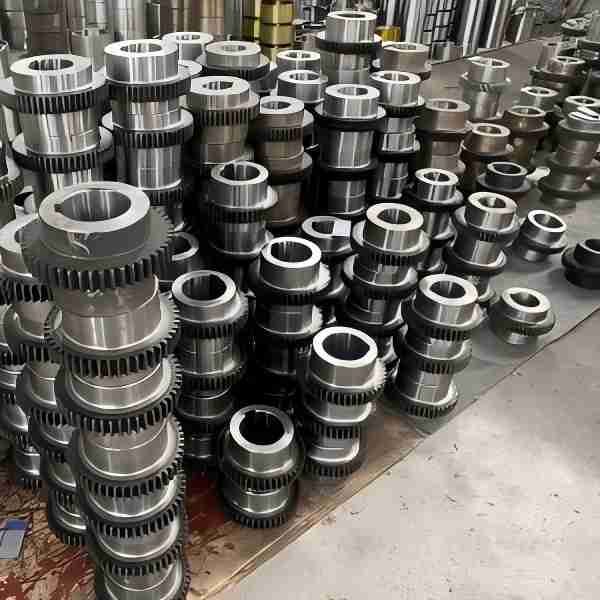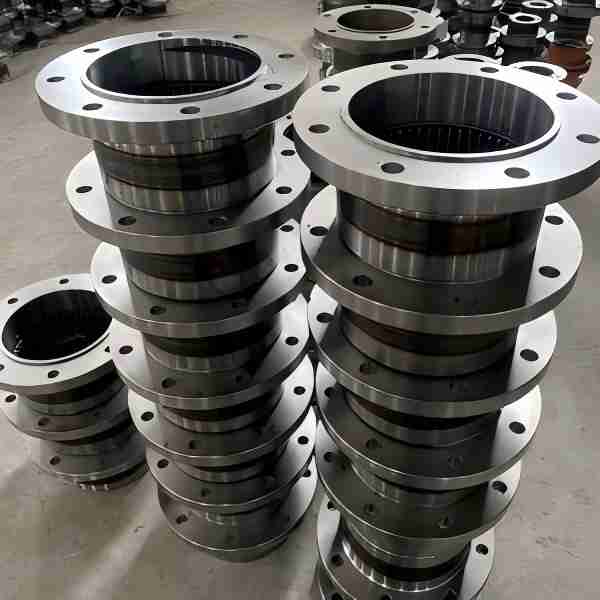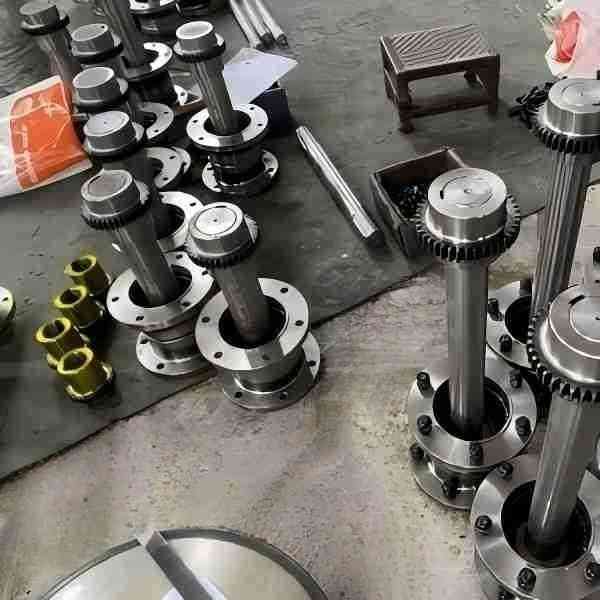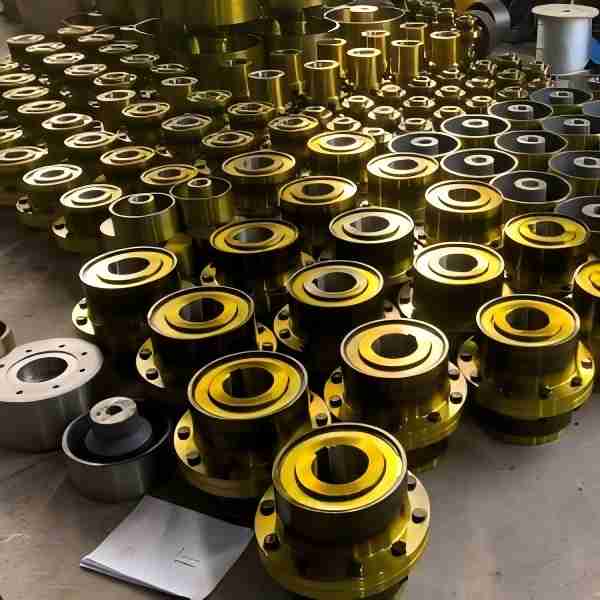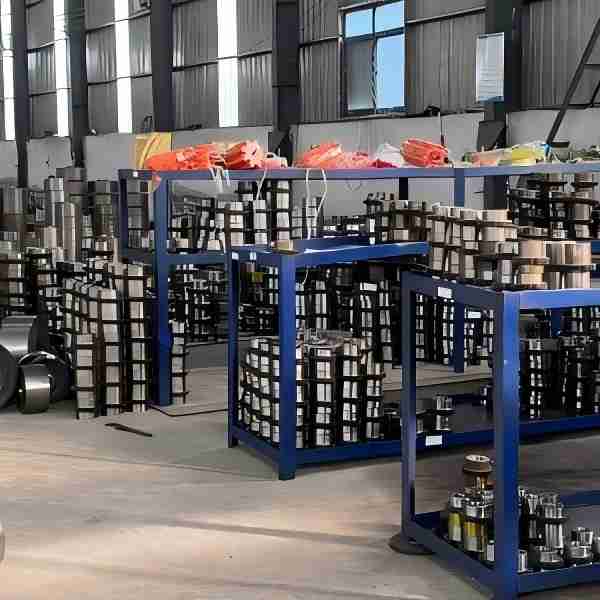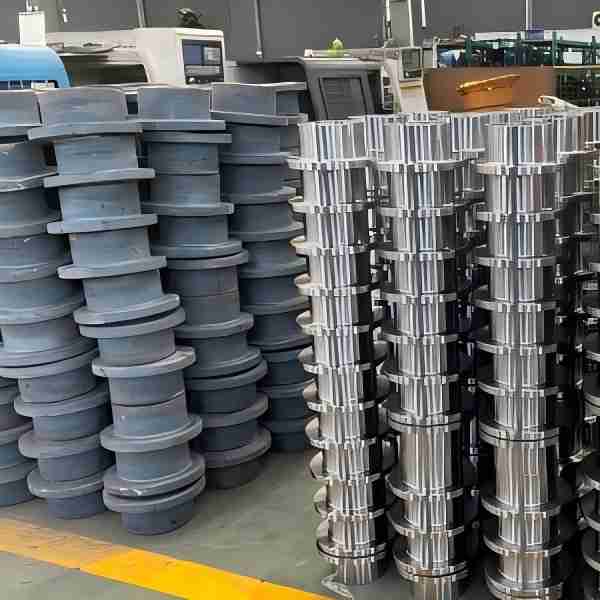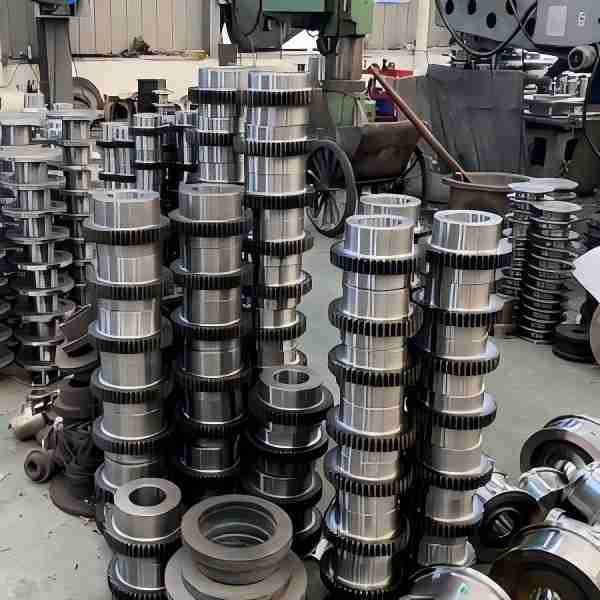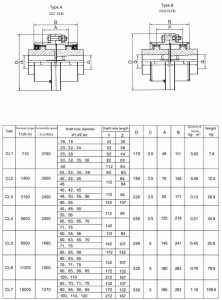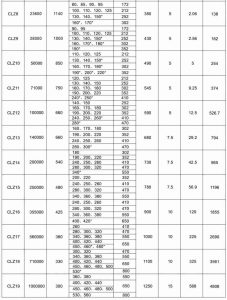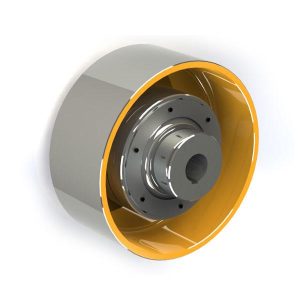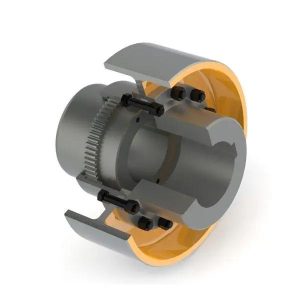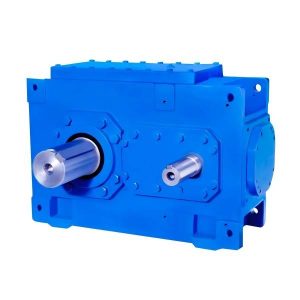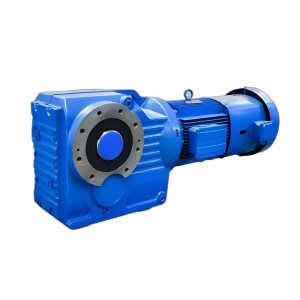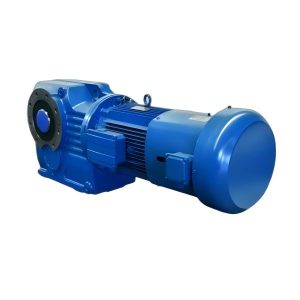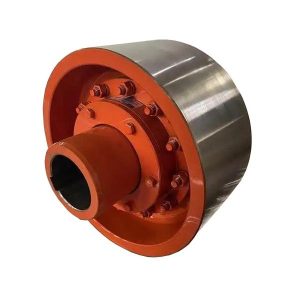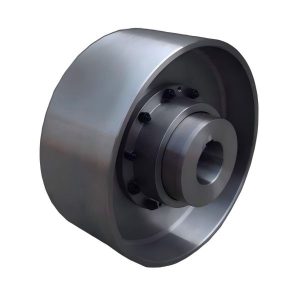Crane gear couplings
Crane Gear Couplings Parameters:
- Maximum Allowable Torque: 710 Nm to 1,000,000 Nm
- Maximum Speed: 7100 rpm to 700 rpm
- Coupling Material: ZG430-640, 45 steel
- Coupling Types: Full-tooth couplings and half-tooth couplings
- Custom Options: You can provide your own drawings, and we will manufacture according to the specified dimensions.
Crane gear couplings are essential mechanical components used to transmit torque, connect two coaxial or nearly parallel rotating shafts, and compensate for small angular and radial misalignments. Typically, they consist of two parts: the driving shaft and the driven shaft. Moreover, they are widely used in gear reducers to facilitate torque transmission. The design and application of crane gear couplings take into account several factors to ensure their performance and reliability, including but not limited to:
- Compensatory Flexibility: They can adjust for relative displacement between the rotating components, providing compensation for manufacturing and installation errors, temperature variations during operation, and deformations under load.
- Shock Absorption: For situations with frequent load starting or changing operational loads, the coupling should incorporate elastic elements that offer cushioning and vibration damping, thereby protecting both the prime mover and the working machine from potential damage.
- Safety and Reliability: They have sufficient strength and longevity to ensure safe operation under various working conditions.
- Simple Structure: They are easy to assemble, disassemble, and maintain, thus reducing both maintenance costs and time.
When selecting the type of coupling, one should consider the required torque transmission capacity and characteristics, as well as the need for shock absorption, vibration damping, and the potential for resonance. Crane gear couplings are used in fields such as metallurgy, mining, lifting and transportation, as well as in heavy machinery across industries like petroleum, chemical engineering, and general machinery. These couplings are known for their compact radial size, high load-bearing capacity, high transmission efficiency, low noise, and extended maintenance intervals, making them particularly suitable for low-speed, heavy-duty conditions.
